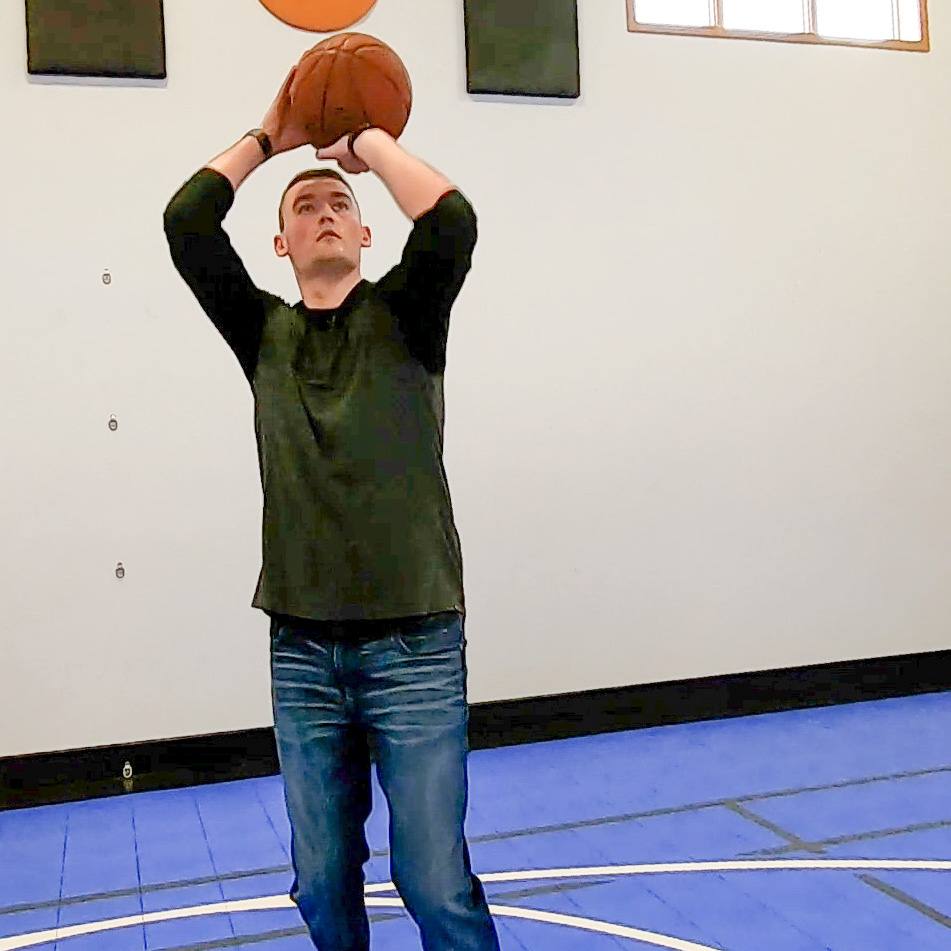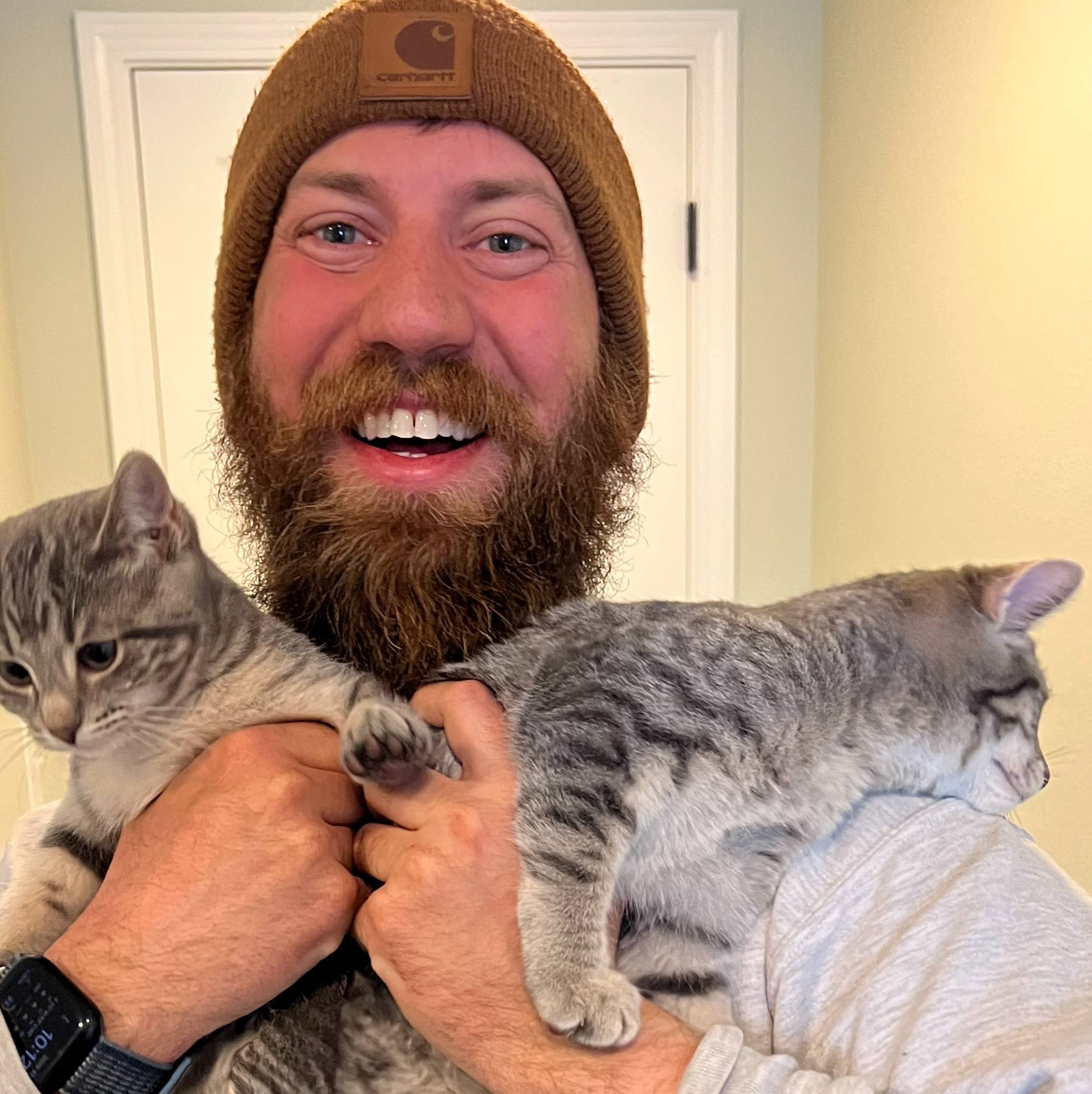Mayo Clinic uses technology to connect patients with home, family and friends
 A group of high school guys trading stories, laughing and joking is nothing out of the ordinary. Tyler Olson, a 17-year-old junior at Lake Mills High School in Iowa, is usually right in the middle of such gatherings. But on Sept. 5, 2008, everything changed for Tyler. That evening, during the first play of a varsity football game, a tackle went wrong and landed him in the hospital with a spinal cord injury. The severity of Tyler’s condition required a transfer to Saint Marys Hospital in Rochester, Minn. And although there’s only about 80 miles between Lake Mills and Rochester, the confinement of a hospital room can make the two towns seem a world apart.
A group of high school guys trading stories, laughing and joking is nothing out of the ordinary. Tyler Olson, a 17-year-old junior at Lake Mills High School in Iowa, is usually right in the middle of such gatherings. But on Sept. 5, 2008, everything changed for Tyler. That evening, during the first play of a varsity football game, a tackle went wrong and landed him in the hospital with a spinal cord injury. The severity of Tyler’s condition required a transfer to Saint Marys Hospital in Rochester, Minn. And although there’s only about 80 miles between Lake Mills and Rochester, the confinement of a hospital room can make the two towns seem a world apart.
A welcome link
When Tyler was admitted to Saint Marys, he had feeling but no movement below his shoulders. Medical care suddenly became the focus of his daily routine. After several weeks, his family wanted to give Tyler a boost so his mother asked a nurse if it was possible to set up a videoconference between the hospital and Lake Mills so that Tyler could talk with his teammates. The nurse contacted Mayo’s Information Technology Department, which quickly made arrangements for the conference.
“Videoconferencing for patients isn’t a service we can always provide,” says Mark Henderson, chair of Mayo’s Workstation Support Services. But, when we can, we see it as a way to contribute to Mayo Clinic’s mission of serving the patient’s needs first.”

At 6 p.m. on Sept. 18, Tyler was once again hanging out and trading stories with his friends, albeit with his mom by his side, holding a small laptop computer through which he could see and talk with them.
“It was really cool,” Tyler says. “It was on a Thursday, so the team played the next day. We talked about the game. Everyone was in jerseys.”
Since his accident, Tyler has made considerable progress. But, with more months of hospitalization likely, he knows that he still has a long road to recovery. Being able to tap into the encouragement of friends back home helps lighten the load.
“To be able to stay in touch with everyone is great,” he says. “Their support means a lot. It keeps me going.” Tyler’s teammates gathered at the school for the videoconference, which seemed to give them just as much joy as it did Tyler.
Here is the story about Tyler and his teammates carried on WCCO TV (Minneapolis-St. Paul) at the time.
A wealth of options
Although a videoconference isn’t always possible, Mayo Clinic offers other technology to patients to help them stay in touch, such as:
- Free wireless Internet access in patient care areas
- Internet-ready computer workstations and printers in patient libraries, as well as some lobby areas
- Cell phone and text messaging use in most patient care areas
- Personalized Web site creation on CarePages, a service that Mayo sponsors
Note: Here is an update on Tyler's progress, two months after his injury, from WCCO TV.
Share this story:
Related Articles



















